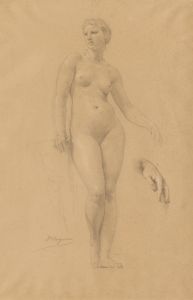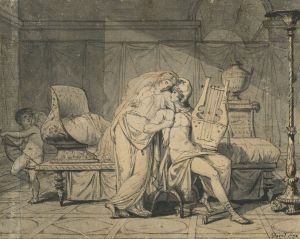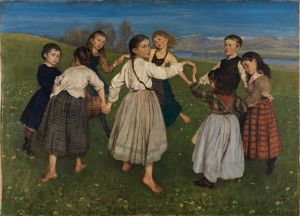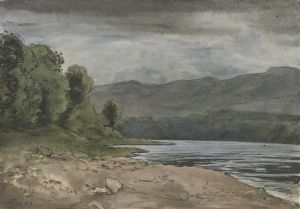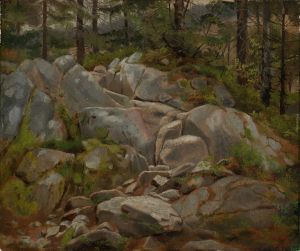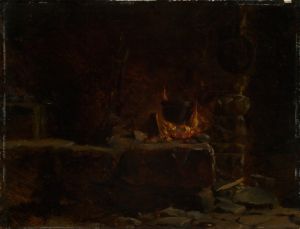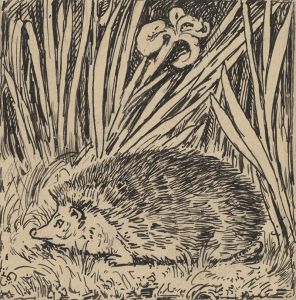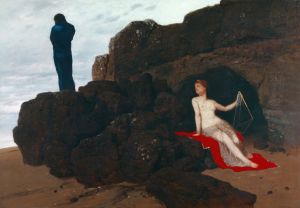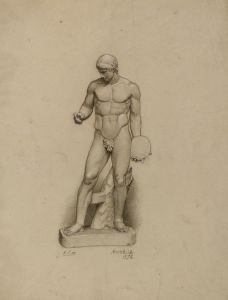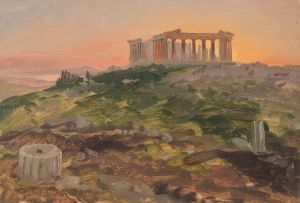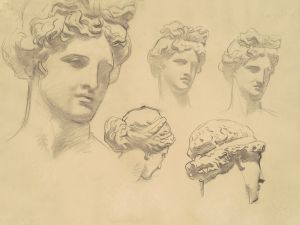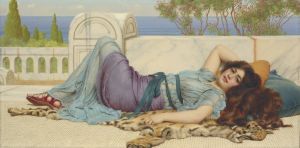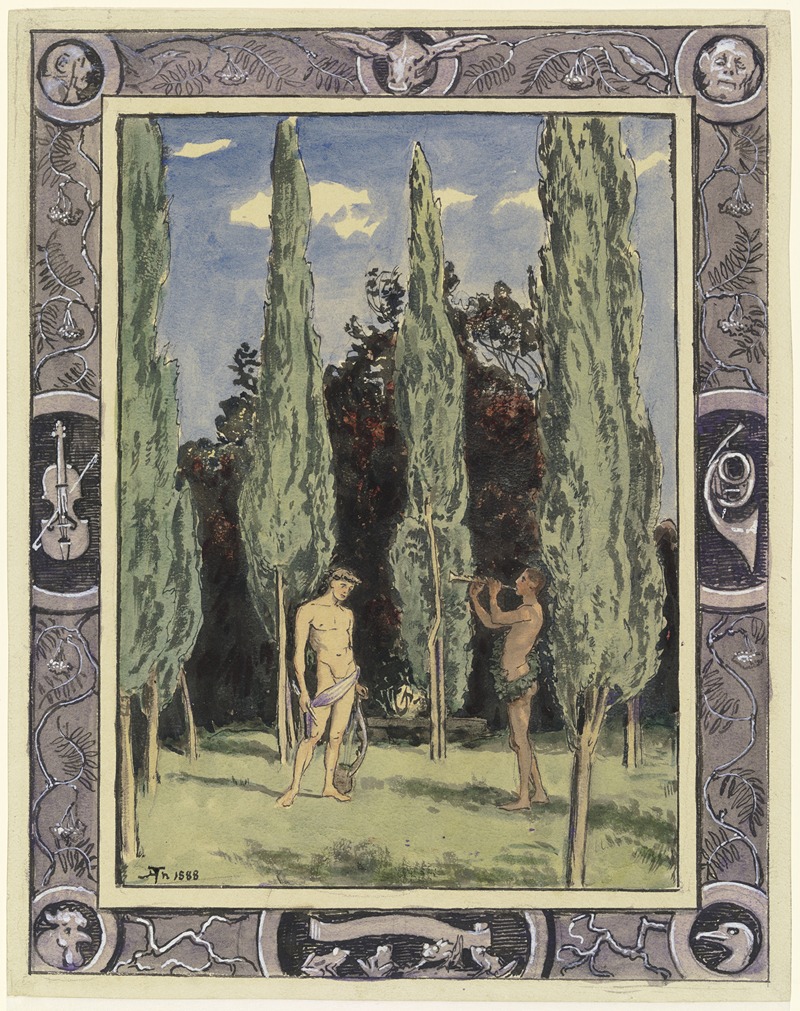
Apollo and Marsyas
A hand-painted replica of Hans Thoma’s masterpiece Apollo and Marsyas, meticulously crafted by professional artists to capture the true essence of the original. Each piece is created with museum-quality canvas and rare mineral pigments, carefully painted by experienced artists with delicate brushstrokes and rich, layered colors to perfectly recreate the texture of the original artwork. Unlike machine-printed reproductions, this hand-painted version brings the painting to life, infused with the artist’s emotions and skill in every stroke. Whether for personal collection or home decoration, it instantly elevates the artistic atmosphere of any space.
Hans Thoma's painting "Apollo and Marsyas" is a notable work by the German artist, who was active during the 19th and early 20th centuries. Thoma, born on October 2, 1839, in Bernau in the Black Forest, is known for his detailed and often symbolically rich paintings that draw on mythological and allegorical themes.
"Apollo and Marsyas" depicts a scene from Greek mythology, which tells the story of the musical contest between the god Apollo and the satyr Marsyas. According to the myth, Marsyas, a skilled player of the aulos (a double-reeded instrument), challenged Apollo, who played the lyre, to a musical contest. The Muses or, in some versions, King Midas, were chosen as judges. Apollo won the contest by playing his lyre upside down and singing simultaneously, a feat Marsyas could not replicate. As punishment for his hubris in challenging a god, Marsyas was flayed alive by Apollo.
Thoma's interpretation of this mythological event captures the dramatic and tragic essence of the story. The painting likely features Apollo with his lyre, embodying the ideal of divine beauty and artistic perfection, while Marsyas, often depicted in a state of anguish or defiance, represents the mortal challenge to divine authority and the consequences of overreaching ambition.
Hans Thoma's style is characterized by a blend of realism and romanticism, with meticulous attention to detail and a deep appreciation for nature and classical themes. His works often reflect his interest in German folklore and mythology, as well as his admiration for the Italian Renaissance and early German masters.
Thoma's "Apollo and Marsyas" is an example of his ability to convey complex narratives through his art, using symbolism and expressive figures to evoke the emotional and moral undertones of the myth. The painting is part of Thoma's broader oeuvre, which includes landscapes, portraits, and other mythological scenes, all marked by his distinctive approach to composition and color.
Hans Thoma's contributions to art were recognized during his lifetime, and he held various prestigious positions, including a professorship at the Karlsruhe Academy of Fine Arts and directorship of the Kunsthalle Karlsruhe. His works are held in several major collections and museums, reflecting his enduring influence on German art.
In summary, "Apollo and Marsyas" by Hans Thoma is a significant work that illustrates the artist's skill in depicting mythological themes with emotional depth and technical precision. The painting remains an important example of Thoma's artistic legacy and his ability to bring ancient stories to life through his unique vision.





